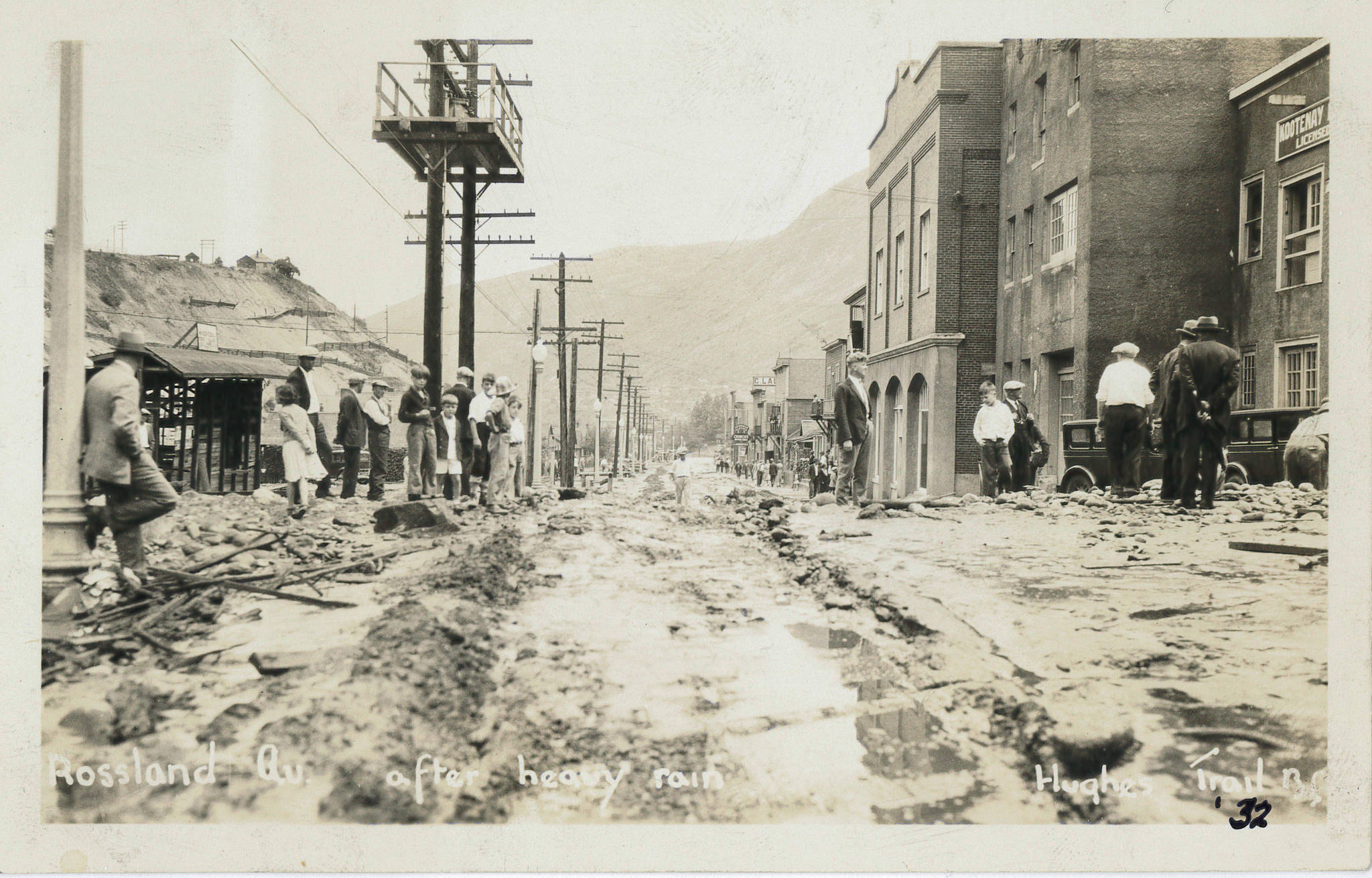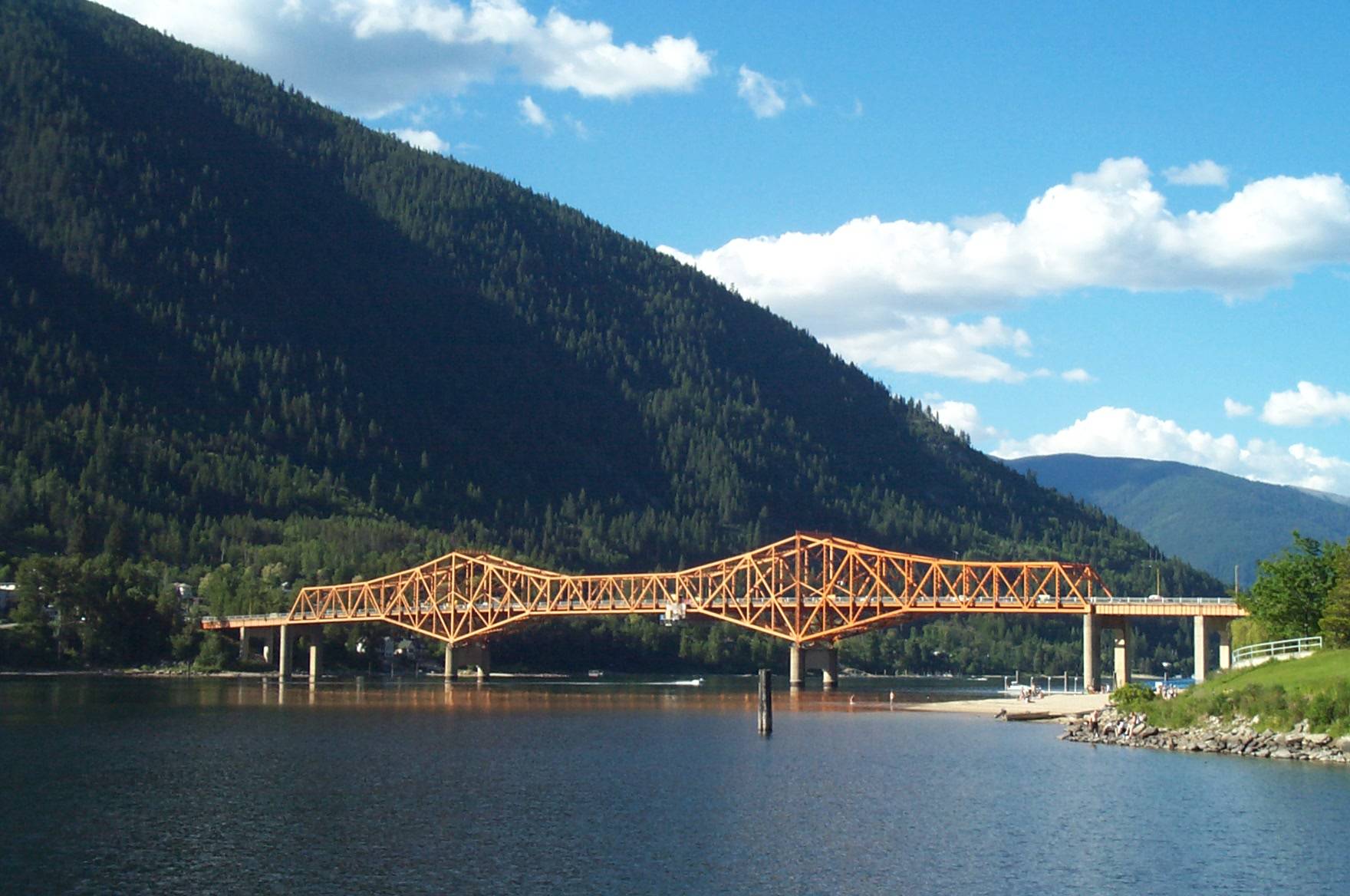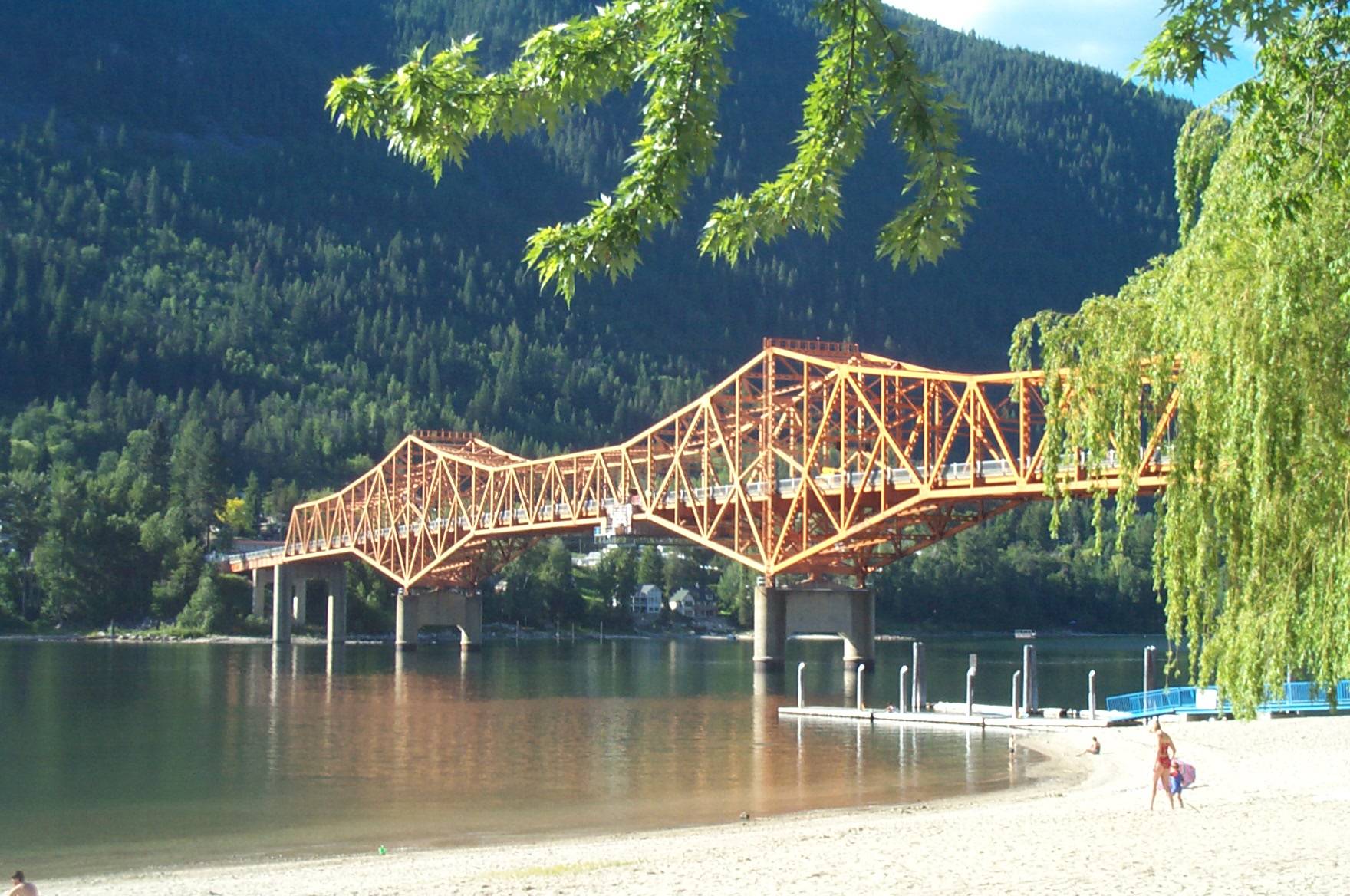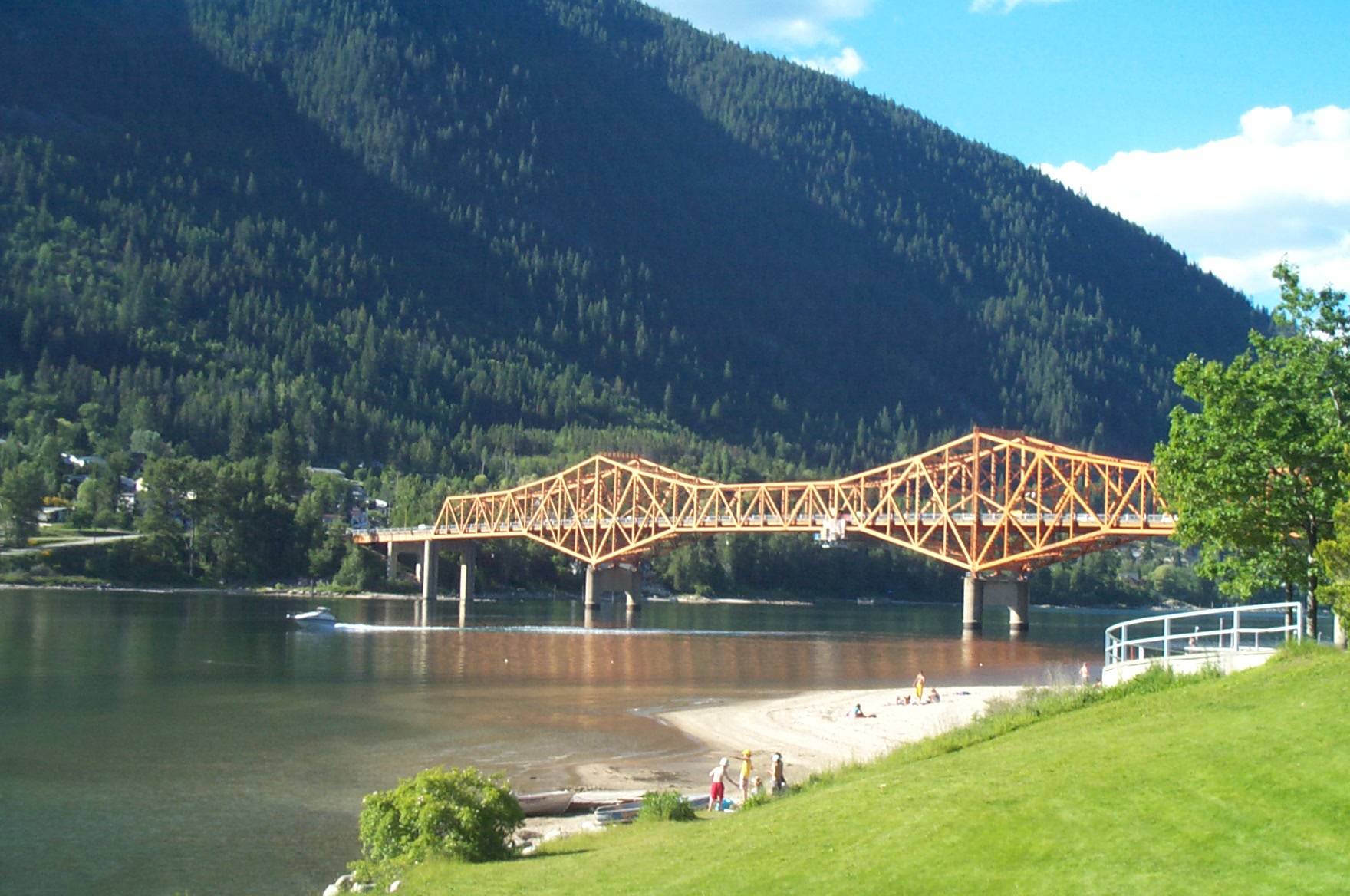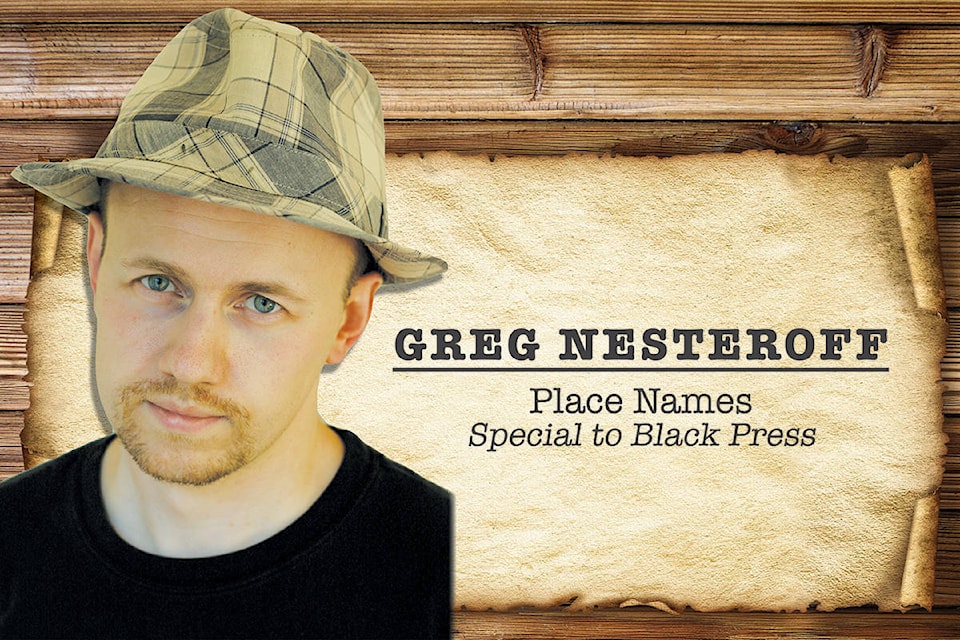A series on West Kootenay/Boundary place names
Lexicographical links exist between Trail and the former smelter town of Butte, Montana.
Dublin Gulch, a neighbourhood of Irish-owned businesses, was first mentioned in the Butte Miner of Dec. 13, 1881. The name was also applied to Rossland Ave. in Trail, first mentioned in the Trail Creek News of March 14, 1896. Within a few years Trail’s Dublin Gulch was a predominantly Italian neighbourhood and the Dublin was dropped, leaving just the Gulch. (We’ll look more closely at neighbourhood names in forthcoming installments.)
The last known reference to the Dublin Gulch in Trail is in the Vancouver Daily World of March 13, 1902: “J.L. Anderson, P.L.S. … will immediately commence the survey of the land known as Dublin gulch, which has been thickly settled, principally by smelter employees, for the past six years …”
A Dublin Gulch also exists on Vancouver Island, another in Shoshone, Calif. (also named for the one in Butte) and there was a Dublin Gulch mine in the Yukon. Today a band from Butte calls itself Dublin Gulch.
Butte was also the birthplace of the name Smoke Eaters as applied to sports teams. The term, originally 19th and early 20th century slang for firefighters, was first mentioned as an unofficial nickname for a Butte football team in the Anaconda Standard of May 31, 1895: “Captain Brooks and his husky young smoke eaters defeated the much vaunted YMCA team of Salt Lake City.”
It was used often in the following months, sometimes spelled smoke-eaters, but didn’t appear in upper case until September 1896. In 1897, Butte’s baseball team also took the name Smoke Eaters. But it seemed to apply equally to the city’s residents, not just those on its sports teams.
When the name migrated north to Trail, its first use was in baseball, not hockey. The Trail Creek News of April 27, 1901 noted: “After the last baseball game a challenge was issued by the Trail Smelter Smoke Eater Baseball Team to play the War Eagle and Centre Star Baseball Team.”
The Vancouver Daily World of May 10, 1901 reported on that game: “The attraction was a game of baseball played between a team from this city made up of the War Eagle and Centre Star Savages, and a team from the smelter, who are familiarly known as the Trail Smoke Eaters.”
Several other references exist from 1901, and one from 1904, but then the name went into hibernation in Trail — although it was adopted by hockey and football teams in the Boundary between 1913 and 1915, as smelters existed in Grand Forks and Greenwood.
The name re-emerged in a subheadline in the Trail News of Feb. 11, 1921, this time referring to the hockey team: “Smoke Eaters carry off third game of series in spite of hard fighting by Queen City crowd.” The name was used more frequently as the 1920s progressed, but it’s not clear when the team adopted it officially.
Another sports nickname, the Neversweats, was applied to a Butte baseball team in 1892, after a mine in Dublin Gulch called the Never Sweat. According to the Helena Weekly Herald of Feb. 18, 1875, the latter was named “on the presumption that the vein will be rich enough to furnish the daily bread without the decreed sweat of the brow.” The Neversweats were also a Rossland baseball team in 1897 and a Kaslo team in 1900.
Finally, Columbia Gardens was an amusement park in Butte that operated from 1899 to 1973. It might have inspired the name of Columbia Gardens south of Trail, or it could have just been a coincidence. Our Columbia Gardens was named in 1905 and encompassed the former townsite of Sayward.
BIG ORANGE BRIDGE
Officially, the span across Kootenay Lake at Nelson, opened in 1957, is known as the Nelson Bridge. After it received a paint job in the late 1960s, it became the orange bridge (it was originally silver). But today it’s often referred to as the big orange bridge, or Big Orange Bridge, or BOB.
The Moon British Columbia travel guide, published in 2008, noted “In summer, the focus is on Lakeside Park, by the Orange Bridge (known locally as ‘BOB,’ an acronym for Big Orange Bridge).”
This is a comparatively recent neologism. It first appeared in print in The Express of Feb. 9, 2000, in a story by editor Stephen Harris: “Known colloquially as the Big Orange Bridge, or simply b.o.b., the bridge is due for some upgrading.” The same issue and the following one also contained references to “What about Bob?” and “Bob’s your uncle” in relation to the bridge.
Asked about it, Harris replied: “While I’d love to claim credit, I’m sure I must have heard someone else use the phrase. Maybe Nelson Becker?”
Becker, who published The Express, says he might have coined it — but he’s not sure. In any case, the name caught on, and has been widely used ever since.
